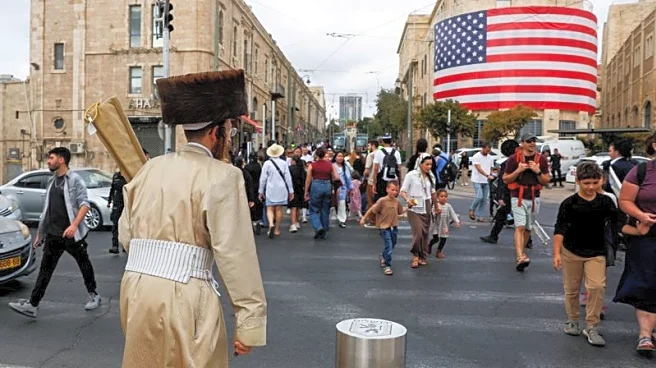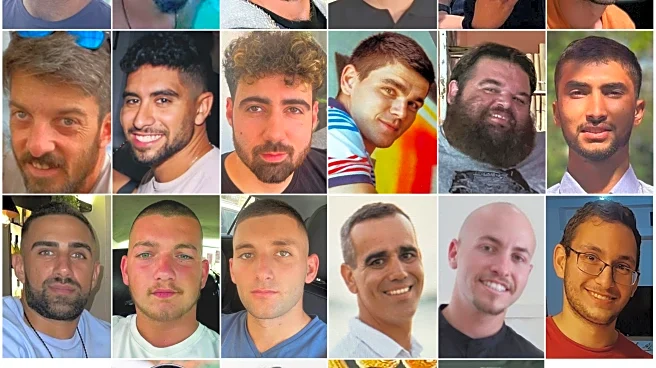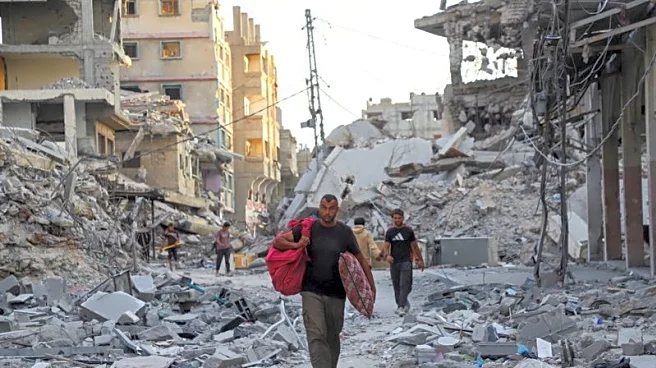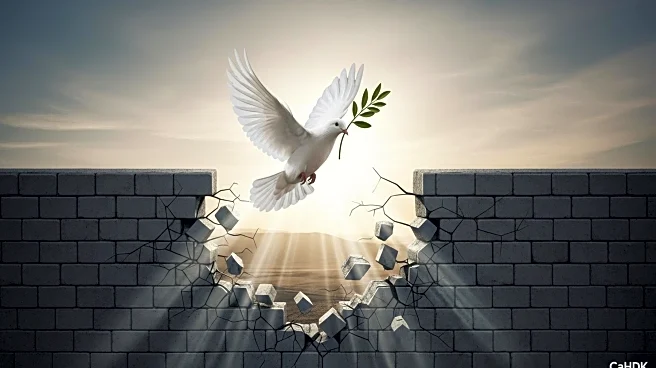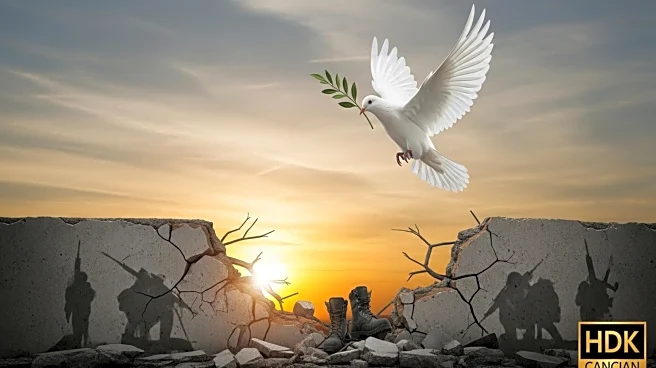What's Happening?
The Israeli government has approved the addition of five names to the list of Palestinian prisoners set to be released as part of a ceasefire deal with Hamas. Among those slated for release is Dr. Hossam Abu Safiya, director of the Kamal Adwan Hospital in northern Gaza, who was detained by the IDF in December 2024. His arrest had previously led to international criticism of Israel. The list includes approximately 1,700 Gazans, with five designated as potential replacements if any scheduled for release are not freed. Prime Minister Benjamin Netanyahu and Defense Minister Israel Katz have the authority to order the release of prisoners, citing considerations of Israel's foreign relations and national security.
Why It's Important?
The release of Dr. Hossam Abu Safiya and other Palestinian prisoners is significant as it represents a potential easing of tensions between Israel and Hamas. The decision is seen as a goodwill gesture towards the United States and the international community, which have criticized Israel's actions in Gaza. The release could improve Israel's diplomatic relations and contribute to a more stable regional environment. However, it also highlights ongoing humanitarian concerns and the complex dynamics of the Israeli-Palestinian conflict.
What's Next?
The release of the prisoners is expected to proceed following the safe return of Israeli hostages. The decision may lead to further diplomatic discussions and negotiations between Israel and international stakeholders. The situation remains fluid, with potential implications for future ceasefire agreements and peace talks.
Beyond the Headlines
The detention and release of Dr. Abu Safiya underscore the humanitarian challenges faced by medical professionals in conflict zones. His case highlights the ethical and legal dimensions of detaining healthcare workers and the impact on healthcare services in Gaza. The international community may continue to scrutinize Israel's actions and advocate for the protection of medical personnel in conflict areas.






